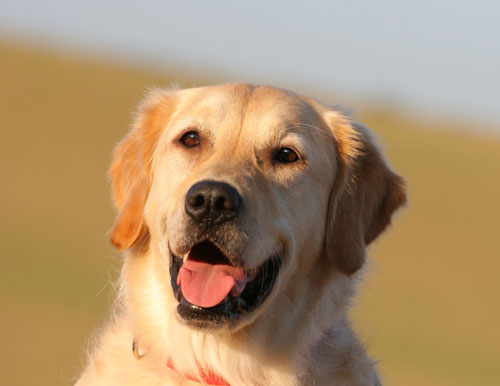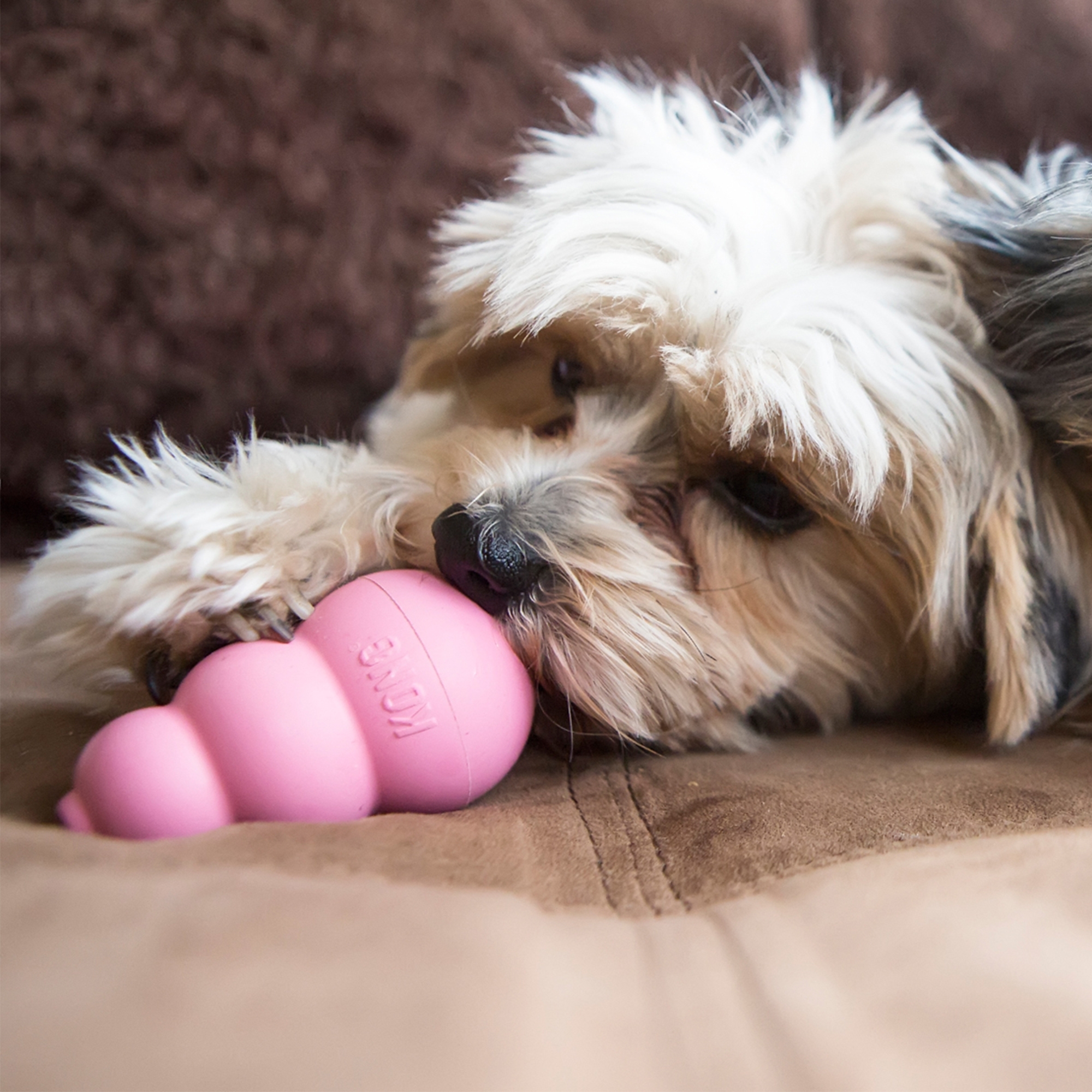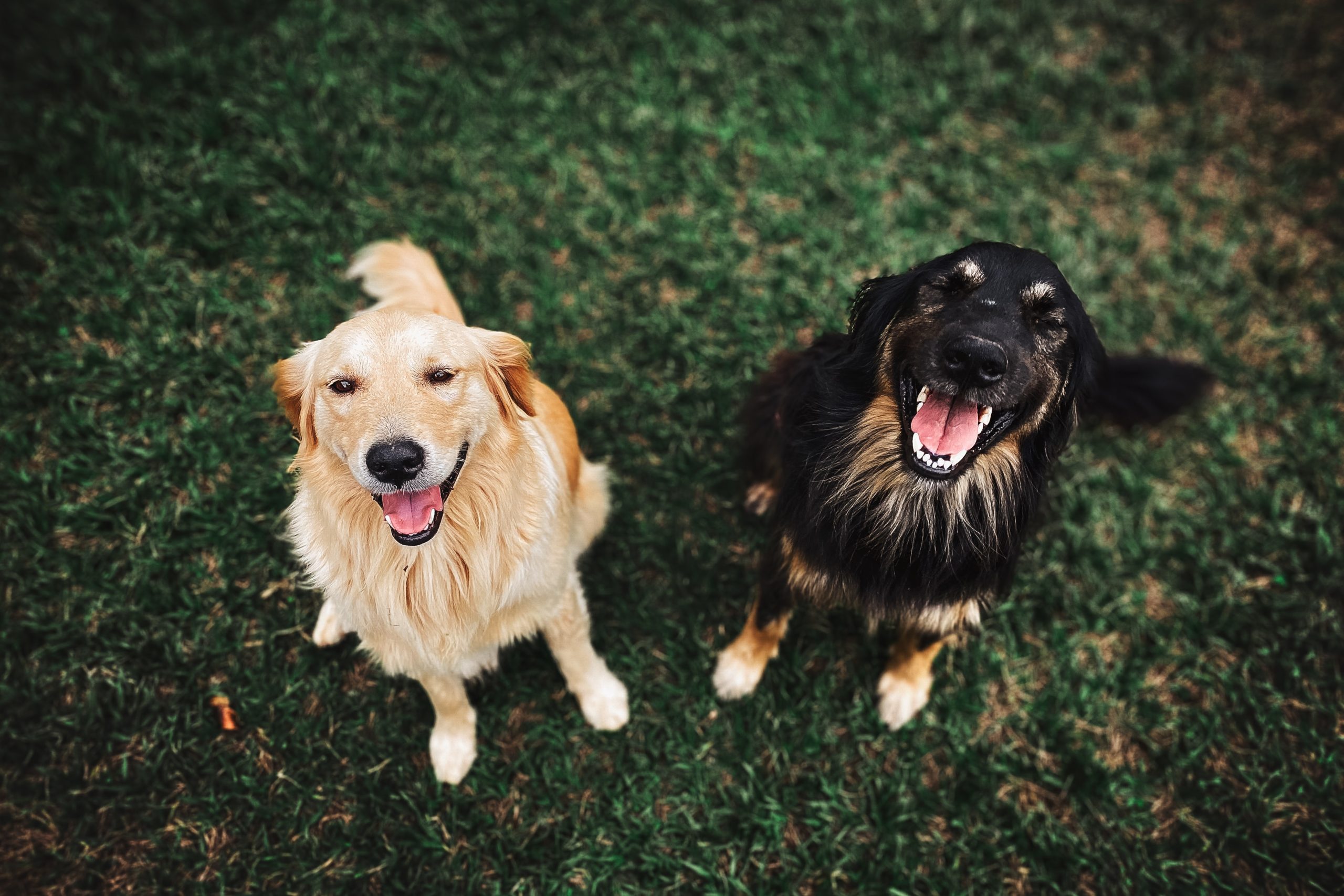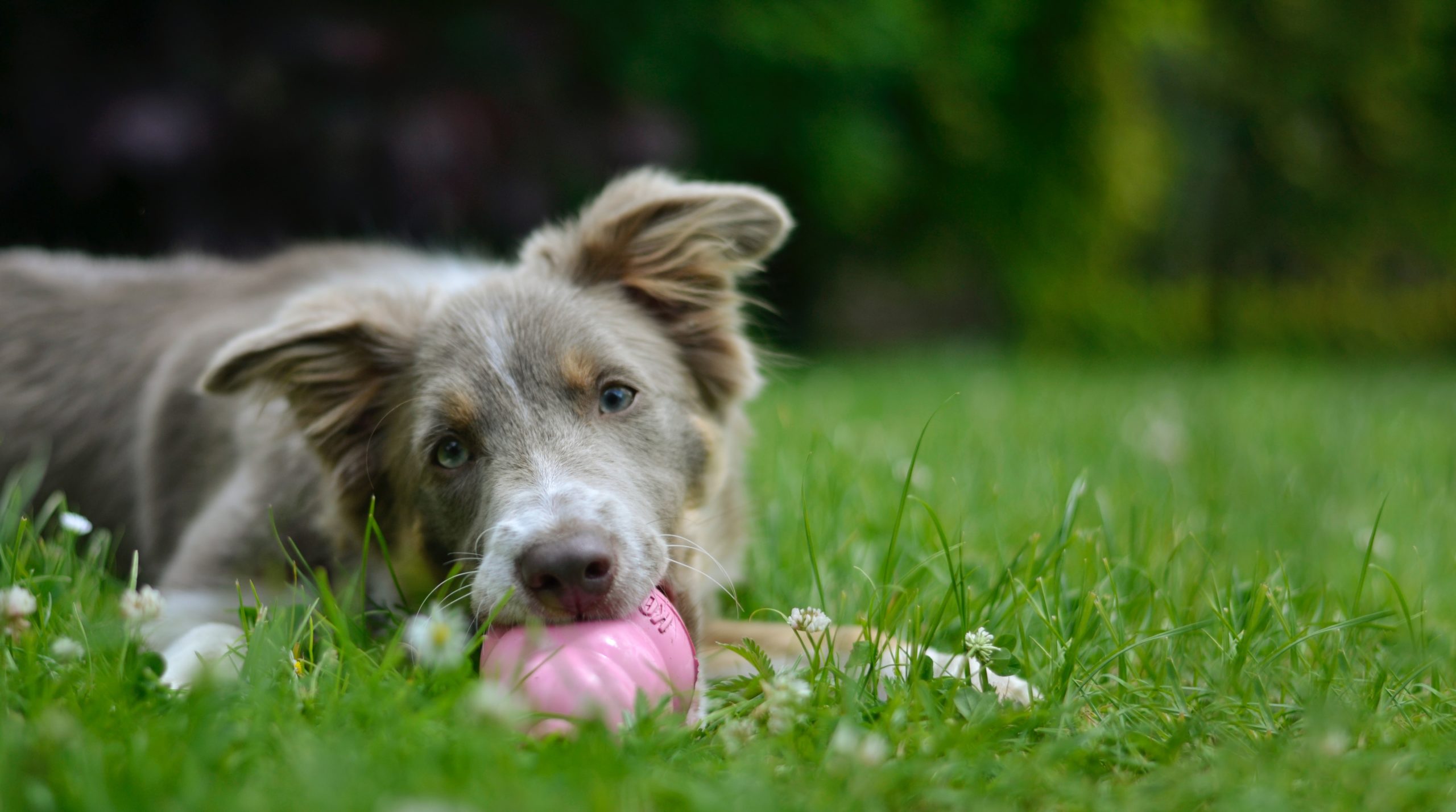Unruly behaviours such as jumping up, pulling on the lead and chasing are common and frustrating problems cited by many dog owners.
Here are some practical solutions to help eliminate or reduce the occurrence of these behavioural problems. Remember though, behaviour modification takes time and patience, and is best attempted in conjunction with the advice of your veterinarian or local animal behaviour consultant.
How do I prevent my dog jumping up?
Jumping up is often inadvertently encouraged when the puppy is small, but it develops into a problem when the dog is fully grown. It can also be a sign of assertiveness or dominance in some dogs.
Most behaviours such as jumping up are best resolved by ignoring them. If the dog succeeds in getting any attention for the jumping behaviour, then the dog will continue to jump up. Attention may be petting, talking to him, pushing him away, or even mild reprimands. The owner must not look, touch or speak to the dog when he jumps. When the dog eventually gets down, give him attention, ask him to sit and reward him for quiet behaviour.
How do I stop my dog jumping on visitors at the door?
For many dogs, jumping up on people is part of their greeting routine. Some dogs are so overexcited by visitors that they will not listen to other commands. These dogs may need a head halter and leash while the door is opened, so that they are physically restrained. The head halter brings his head to face you, and once you have his attention and he has calmed down, ask him to sit, and reward him.
To train your dog to sit at the front door to greet visitors, have your dog sit and stay at the front door while someone approaches. As he continues to sit (and is rewarded by this correct behaviour), have the person enter, give the dog a treat and sit down. After five minutes, have the person leave by the back door, come to the front and enter again. This second entry should be easier as your dog will have just seen the person. If you can repeat this 4-6 times for each visit, the dog will have plenty of opportunity to learn the new task.
How do I control pulling on the lead?
Dogs pull on their leads if they are particularly exploratory, playful, or investigative. Some pull to chase other dogs or people, and some fearful dogs pull their owners on the way home.
These dogs need to be taught to heel. The best way of gaining immediate control is with a head halter, as when the dog pulls his head is turned towards you. Then lift the leash to lift the dogs head and give the sit command. Reward him when he does so.
Begin training in an environment with no distractions, starting with a step or two at a time. Use a food reward held at thigh level to keep the dog’s nose in position. As the dog learns where to be in relation to the owner, gradually walk a few more steps. It is a slow procedure requiring a lot of patience.
Any time the dog begins to step past the heel position and forge ahead, the leash on the head halter can be pulled up so that the dog backs up, is made to sit, and rewarded. If your dog starts to rebel and not follow, do not pull on the lead as he will resist by pulling in the opposite direction. Encourage the dog to follow with verbal commands and food prompts.
How do I stop my dog chasing?
Chase behaviour is normal for dogs and is stronger in particular breeds. It can be difficult to stop this behaviour, especially if it has been occurring for a long time. One of the problems is that chasing is reinforced by the object retreating or running away. Car chasers manage to chase the car away, and most visitors will leave the property if faced by an oncoming dog.
The object of stopping this behaviour is to replace the undesirable behaviour with something different, such as sitting and staying. Punishment will not stop a behaviour that has a strong motivation, and may cause the dog to be more anxious or fearful about the ‘stimulus’ which would increase the problem.
Have a head halter and leash on the dog so you can stop it chasing, and ask it to sit and stay, rewarding correct behaviour. Gradually present your dog with the stimulus that it would normally chase and reward him when he sits instead. However, chasing behaviour often continues out of your presence, so if it is a major problem you may need to consult your veterinarian or an animal behaviourist to address your dog’s individual case.




